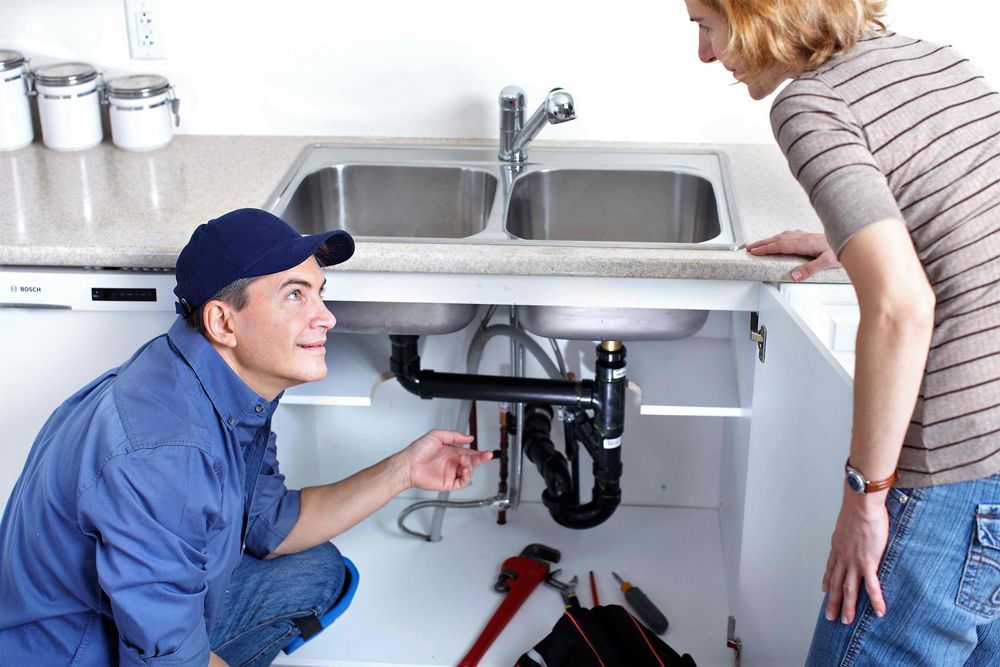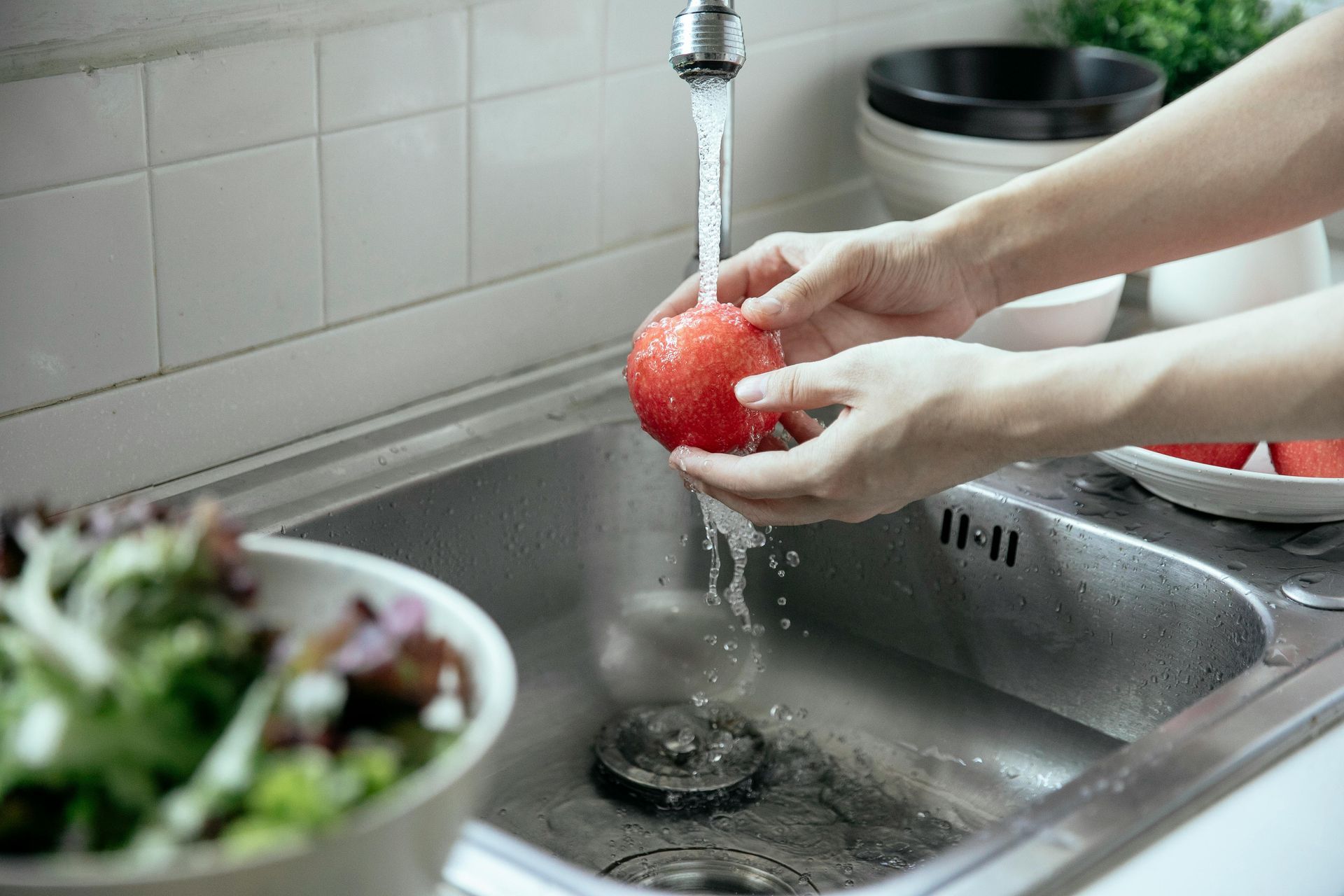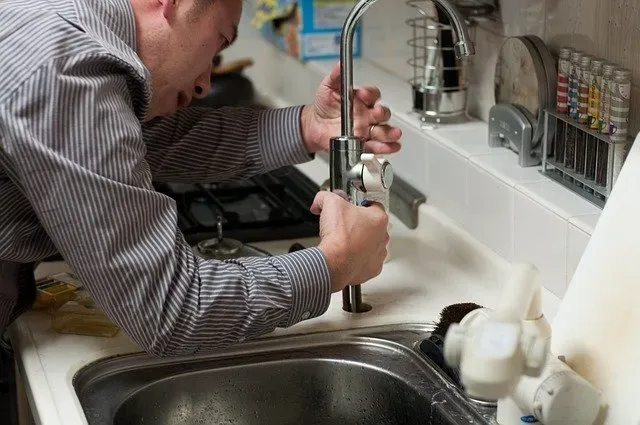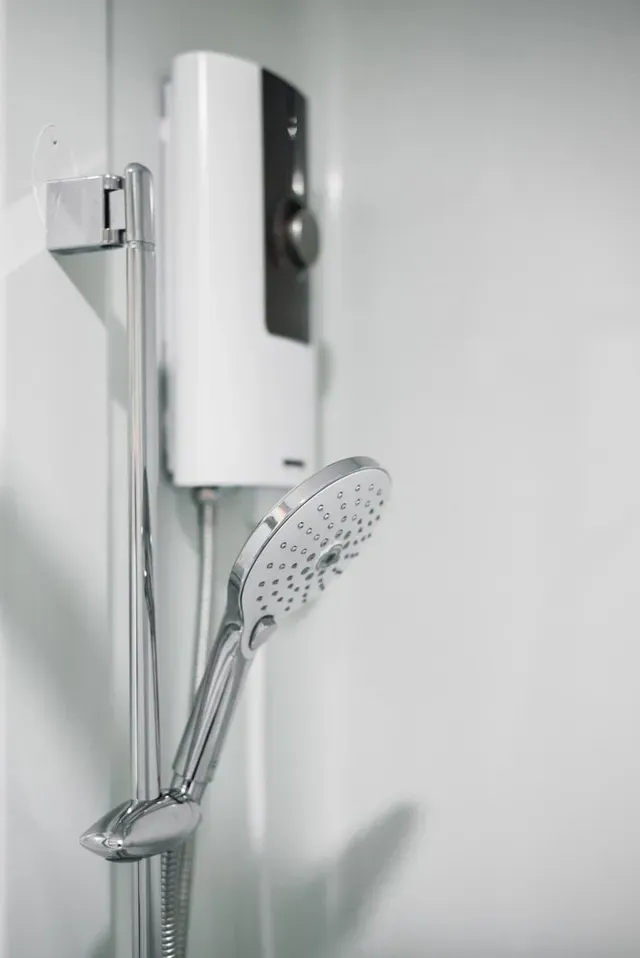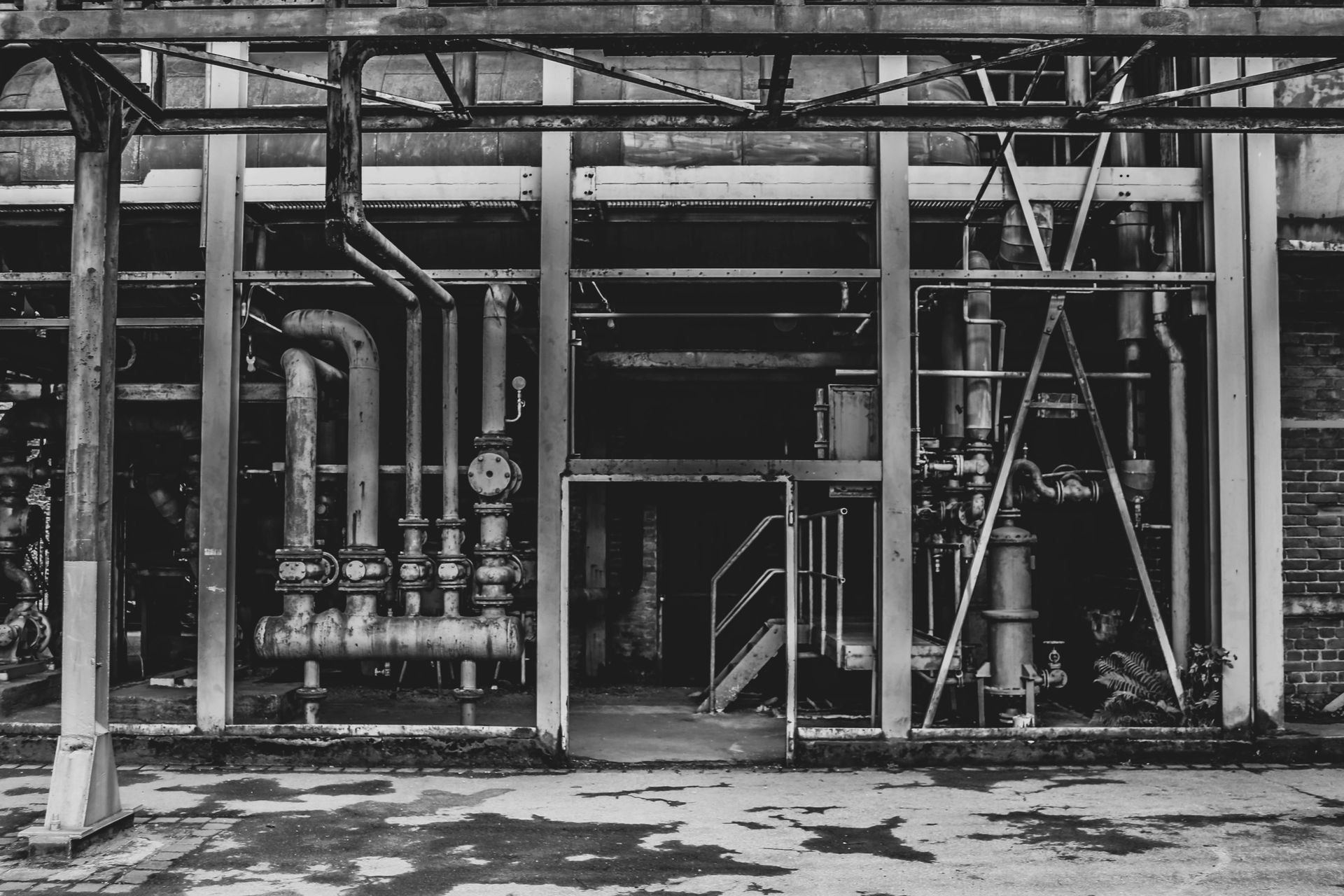The Pros and Cons of Continuous-Feed vs. Batch-Feed Garbage Disposals
Garbage disposals are a common kitchen appliance designed to efficiently manage food waste by grinding it into small particles that can be safely flushed through plumbing systems. When considering an upgrade or installation, many homeowners find themselves weighing the merits of continuous-feed and batch-feed garbage disposals. This article offers an in-depth analysis of the features, advantages, and drawbacks of both types to help you make an informed choice.
Understanding Continuous-Feed Garbage Disposals
Continuous-feed garbage disposals are the most widely used models found in homes. They operate by continuously grinding waste as long as the unit is powered and the tap is running. Activated by a wall switch, these disposals allow users to feed scraps gradually without interruption. The grinding chamber is open during operation, providing convenience for disposal of varied waste types without needing to stop.
Advantages of Continuous-Feed Models
Continuous-feed disposals offer several notable benefits. Their straightforward operation enables smooth and uninterrupted waste grinding, which can save time in busy kitchens. The constant feed mechanism allows users to gradually add scraps at their own pace, especially helpful for large meals or extended use. These models tend to be more affordable and widely available, making them accessible to a broad range of consumers. Additionally, their maintenance and repair are often simpler due to their commonality.
Drawbacks and Considerations
Despite their popularity, continuous-feed disposals come with some disadvantages. Since the grinding chamber is open during use, there is a higher risk of accidental foreign object insertion or hand injuries if caution is not exercised. The appliance typically produces more noise and may use water less efficiently. Moreover, the continuous operation means potential for overloading or jamming if inappropriate materials are introduced.
Exploring Batch-Feed Garbage Disposals
Batch-feed garbage disposals operate in a more controlled manner. They run only when the sink drain cover is securely in place, effectively sealing the grinding chamber. Activation usually requires placing the cover and turning a knob or pressing a button, enhancing safety by preventing accidental contact. Batch-feed disposals process a set amount of waste at a time, which some users perceive as cleaner and quieter.
Advantages of Batch-Feed Models
The foremost benefit of batch-feed disposals is increased safety. By requiring the drain cover to be in place to operate, these units eliminate risks of foreign objects or hands entering the grinding chamber during use. Many homeowners appreciate their quieter function and reduced water consumption. The batch processing can lead to less mess and spillage around the sink area. Additionally, batch-feed disposals align well with households preferring more controlled waste management.
Disadvantages and Limitations
Batch-feed models often come at a higher price point and are less commonly stocked in stores. Their operation requires the user to load and process waste in batches, which may be less efficient for users handling large volumes of food scraps. The sealed operation can complicate troubleshooting or clearing jams as the cover must be removed carefully. Installation may be slightly more complex, sometimes requiring professional help.
The Role of Professional Assistance
Whether choosing continuous-feed or batch-feed garbage disposals, professional guidance can be invaluable. Trusted experts such as All City Plumbers offer professional installation, helping ensure compliance with plumbing codes and proper function. They can provide advice tailored to your home’s plumbing characteristics and lifestyle needs.
Understanding the difference between a plumber and a general contractor in home repairs is also beneficial. Plumbers specialize in system installation and repairs involving water supply and drainage, including garbage disposals. General contractors oversee broader projects and may hire plumbers to handle specific tasks like disposal installation.
Conclusion
Choosing between continuous-feed and batch-feed garbage disposals involves evaluating the balance between convenience, safety, cost, and operational preferences. Continuous-feed models offer ease of use and affordability but require caution during operation. Batch-feed disposals prioritize safety and quieter operation but come at increased upfront costs and operational nuances. Consulting with professionals such as those from All City Plumbers can provide personalized recommendations, ensuring that your choice aligns perfectly with your household needs and plumbing infrastructure.

